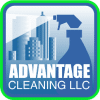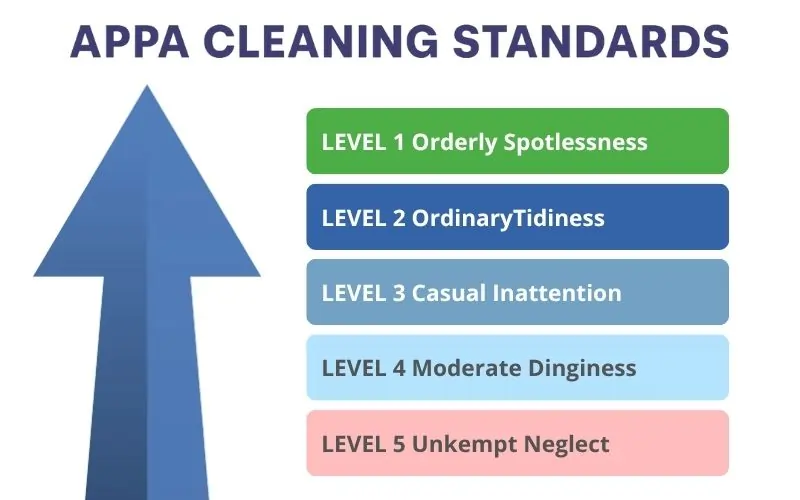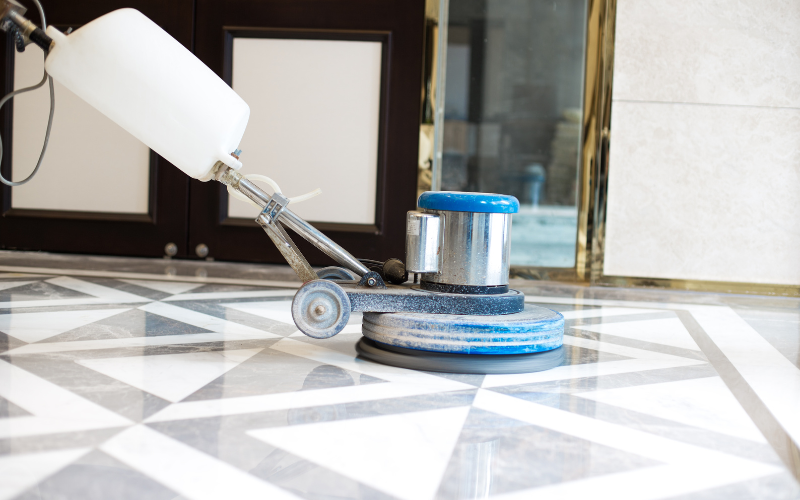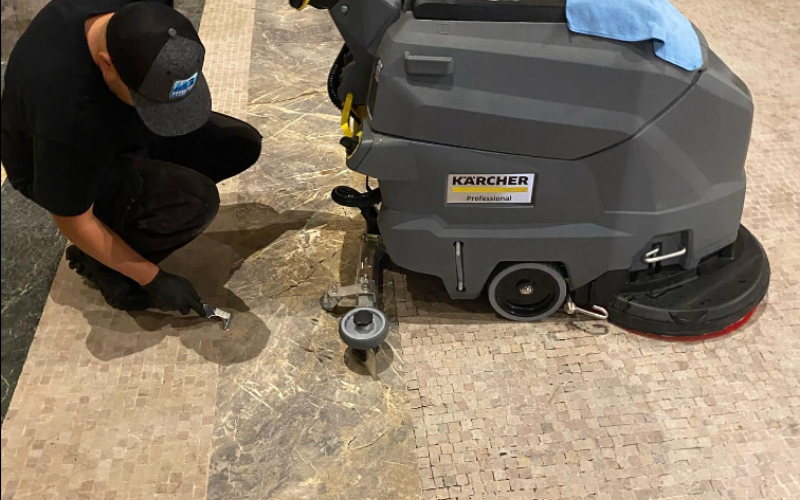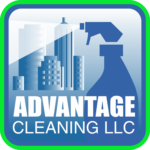Introduction
Facility Managers and Chief Operating Officers (COOs) overseeing educational institutions, healthcare facilities, and public buildings in New York City know that cleanliness standards are more than just appearance—they’re directly tied to operational efficiency, occupant health, and institutional reputation. The APPA cleaning standards, developed by the Association of Physical Plant Administrators, offer a comprehensive framework to assess, implement, and maintain consistent cleaning operations across diverse facilities.
What Are APPA Cleaning Standards?
The APPA cleaning standards provide clear criteria to evaluate custodial effectiveness. Designed primarily for educational facilities, these standards are now widely applied across healthcare, government, and institutional environments. The system categorizes cleanliness into five levels, ranging from Level 1 Orderly Spotlessness to Level 5 Unkempt Neglect.
For a deep dive into the official criteria, refer to the APPA Custodial Guidelines.

The Five APPA Levels of Cleanliness
Level 1 – Orderly Spotlessness
This highest standard is typically reserved for executive suites, surgical centers, or high-profile academic buildings. Floors have a polished appearance and are vacuumed clean or exhibit a tile gleam. There is zero conspicuous dust, and waste containers are empty, sanitized, and odor free. Washroom and shower fixtures are pristine. This level requires close observation and frequent attention.
Level 2 – Ordinary Tidiness
Commonly found in well-managed educational institutions, level 2 ordinary tidiness maintains a solid impression. There may be a small amount of obvious dust or dull spots, but floors are free of dust balls, surfaces are wiped, and waste containers hold only daily waste.
Level 3 – Casual Inattention
Acceptable in busy facilities with moderate traffic, level 3 casual inattention includes some noticeable build up of dirt, obviously matted carpet, or dust dirt on horizontal surfaces and light fixtures. Waste containers smell sour if not emptied daily.
Level 4 – Moderate Dinginess
Often the result of staffing or budget shortfalls, level 4 moderate dinginess shows old trash, dust balls, dirty base molding, and dull path patterns in walking lanes. Surfaces may have build up and stains, with floor finish noticeably worn.
Level 5 – Unkempt Neglect
Level 5 unkempt neglect signals poor oversight. Floors are dirty, waste containers may be full and smelly, shower fixtures and washroom areas are unclean, and vertical and horizontal surfaces are stained or coated in major accumulations of dirt. Carpets are obviously matted, and cleaning protocols are either missing or ignored.
Why APPA Standards Matter in NYC
New York City’s educational facilities, hospitals, and public buildings deal with immense foot traffic. Maintaining high standards for cleanliness is essential for:
- Student and staff well being
- Infection prevention in healthcare settings
- Public trust and institutional credibility
In NYC, where square feet are expensive and staffing must be efficient, the APPA framework helps identify areasneeding attention and optimize custodial efforts.
Application in Educational Institutions
For NYC’s public schools, private universities, and charter networks, using appa cleaning standards ensures:
- Compliance with NYC Department of Education requirements
- Enhanced learning environments
- Clear communication of expectations between custodial staff and administration
Base molding, light fixtures, floor finish, and dust dirt on horizontal surfaces are all evaluated under APPA’s criteria, helping prevent matted carpet, dull path conditions, and build up that affects students and faculty alike.
Cleaning Standards in Healthcare Facilities
Hospitals and clinics in Queens, Brooklyn, and Manhattan rely on consistent, measurable cleanliness standards. APPA helps categorize cleaning areas by risk and set protocols for:
- Sanitizing washroom and shower fixtures
- Keeping vertical and horizontal surfaces odor free
- Ensuring waste containers hold only daily waste
- Preventing dust balls and dirt accumulation
How to Implement APPA Standards
1. Assess Your Current Cleaning Protocols
Identify your current APPA level by examining:
- Base molding
- Walking lanes
- Tile gleam
- Stains on carpets and surfaces
2. Set Clear Benchmarks
Determine whether you’re aiming for level 1 orderly spotlessness, level 2 ordinary tidiness, or a feasible mid-tier.
3. Train Your Custodial Staff
Use APPA’s definitions to ensure uniform expectations:
- Dust dirt removal
- Proper maintenance of waste containers
- Preserving floor finish and avoiding unkempt neglect
4. Monitor and Improve
Establish a scoring system to track appa scores, ensure adherence to cleaning protocols, and reduce old dirt and days worth of trash.
APPA and Staffing Efficiency
APPA guidelines help determine the number of custodians needed per square feet. NYC-based physical plant administrators use this to budget and justify staffing levels, reducing old trash, dirty surfaces, and obviously matted carpet conditions.
Avoiding Common Cleaning Pitfalls
- Don’t let waste containers smell sour—empty daily waste regularly.
- Regularly inspect shower fixtures and washroom areas.
- Address dull spots, build up, and dust balls in overlooked areas.
Structured Cleaning Audits
By establishing a visual scale based on the five levels and using close observation, administrators can:
- Prevent unkempt neglect
- Promote a freshly cleaned environment
- Justify budget increases
APPA and Local Compliance
Aligning with APPA in New York supports:
- Health code requirements
- State-level educational mandates
- NYC’s sustainability goals
The Role of Data
Documenting cleaning levels via digital tools and cleaning protocols lets NYC facilities set performance benchmarks. These tools can help identify patterns like:
- Dust accumulation on light fixtures
- Old trash in waste containers
- Erosion of floor finish in walking lanes
The Cost and Complexity of Moving Up the APPA Standards Levels
Improving from one APPA level to the next isn’t just about cleaning more—it involves higher operational standards, more skilled staff, and increased oversight. Whether you manage your own custodial team or outsource to a commercial cleaning provider, here’s what changes:
Staffing and Expertise
- Level 5 to 3 may require basic custodial training.
- Level 3 to 2 requires trained, experienced staff with strong procedural discipline.
- Level 2 to 1 demands specialized expertise, meticulous execution, and additional layers of supervision.
Supervision and Quality Control
- Advancing each level typically requires more oversight and managerial bandwidth.
- Level 1 environments often include dedicated cleaning supervisors, quality assurance techs, and performance-based inspections.
Technology and Reporting
- Level 3 and up often integrate digital inspection tools, checklists, and audit logs.
- Level 1 requires fully developed systems for time tracking, service verification, and performance metrics.
Equipment and Supplies
- Better equipment and more targeted cleaning solutions are needed to prevent buildup and maintain surface integrity.
Cost Factors
Costs increase with each level due to additional labor, training, equipment, and quality assurance. A general multiplier model:
- Moving from Level 5 to 4: 1.25x baseline cost
- Level 4 to 3: 1.5x
- Level 3 to 2: 1.75x
- Level 2 to 1: 2x or higher, depending on building type and service frequency
This makes APPA a practical tool for aligning expectations with budget realities. Facilities must weigh whether their operations and occupants warrant Level 1 orderly spotlessness, or if Level 2 or 3 provides acceptable efficiency and hygiene.
Final Thoughts
For NYC-based educational institutions, hospitals, and public buildings, adopting appa cleaning practices ensures safety, efficiency, and institutional pride. Whether you’re a COO overseeing thousands of square feet or a Facility Manager managing daily waste, APPA’s comprehensive framework gives you clarity.
Advantage Cleaning Standards & Industries We Serve
At Advantage Cleaning, we hold ourselves to the highest benchmarks—merging APPA cleaning standards with proprietary systems that exceed expectations across multiple sectors.
Our Approach
- Clear criteria and documentation of cleaning protocols
- Trained staff proficient in APPA levels 1 through 3, with performance scoring
- Consistent monitoring of vertical and horizontal surfaces, waste containers, and floor finish
- Daily checklists aligned to prevent dust dirt, odor, and matted carpet issues

A higher grade of Quality in Commercial Cleaning
Commercial Cleaning in CONNECTICUT
Industries We Serve
- Educational Facilities: Public schools, charter networks, and universities across Manhattan, Brooklyn, and Queens
- Healthcare: Outpatient clinics, labs, and urgent care centers
- Municipal Buildings: Court offices, housing authority facilities, and city administration buildings
- Commercial Institutions: Office campuses, data centers, and large tenant spaces
Our mission is simple: eliminate unkempt neglect, maintain odor free environments, and give NYC facility managers peace of mind. We don’t just clean—we uphold measurable, auditable, and sustainable cleanliness standards.
Sources & Further Reading
FAQs – APPA Cleaning Standards
Worth reading
Marble Floor Restoration: Complete Guide for Facility Managers
This comprehensive guide walks you through professional marble restoration—helping you understand when your floors need…
Cleaning Marble Floors – Guide for NYC Commercial Facility Managers
This article focus on professional marble floor cleaning protocols for commercial properties. pH-neutral marble floor…
